A Diverse Tropical Forest Canopy and Crown Shyness – Dimitar Karanikolov (2019)
This is a wonderfully poetic and at the same time quite informative piece of short observation captured by the photographer Dimitar Karanikolov. The video successfully demonstrates a botanical phenomenon known as “crown shyness” by providing a nicely stabilized vertical view of canopy trees swaying by the wind in Tulum Mexico. Tree canopies are some of the most diverse sections in tropical forest. The exact mechanism of crown shyness is still not resolved but there are quite a few convincing hypotheses. […]

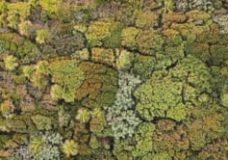
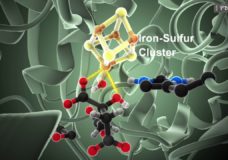
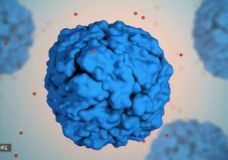
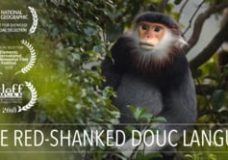
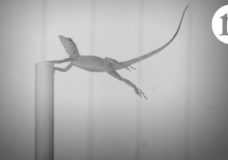
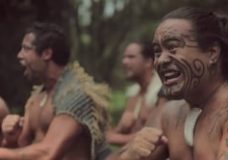
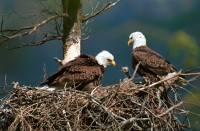
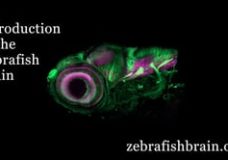

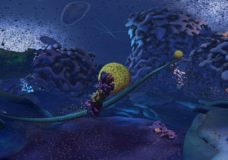



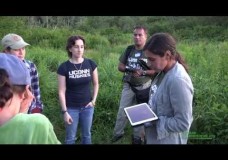


Recent Comments